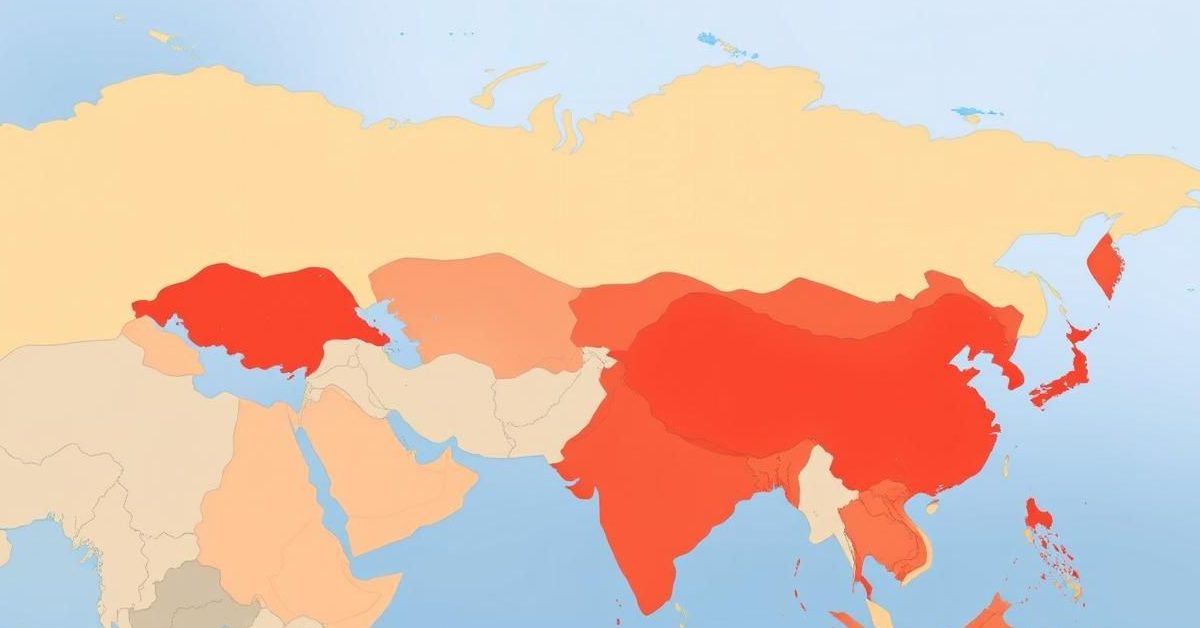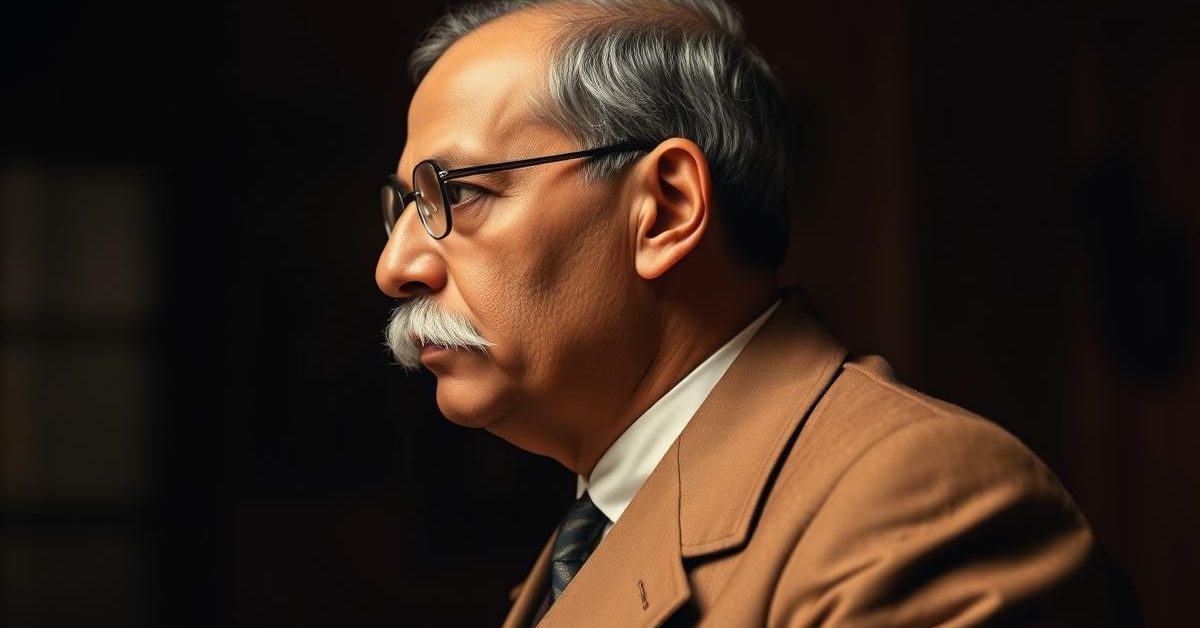Navigating abstract essay topics, particularly those laden with philosophical nuances, presents a unique challenge for any aspiring writer. Even a firm grasp of the core concept can be overshadowed by the daunting task of structuring a coherent, compelling argument. The pressure to initiate with an impactful introduction, sustain engagement through the body, and conclude with vision and optimism is immense. More so, ensuring seamless transitions while preserving the central message often proves tricky, leading to a sense of vagueness if not meticulously handled.
Consider a topic from a past examination, such as “If youth knew, if age could.” This timeless adage, at first glance, seems straightforward, yet it opens a rich vein for exploration into the perennial interplay between idealism and realism. Let’s delve into how one might approach such a profound theme, transforming a potentially abstract idea into a vibrant, entity-rich narrative.
The Tragicomic Paradox of Life: Youthful Vigor vs. Aged Wisdom
Life, in its intricate design, often presents us with a poignant irony: the vibrancy of youth, overflowing with boundless energy and audacious dreams, frequently lacks the seasoned perspective that only time can bestow. Conversely, the wisdom accumulated through a lifetime of triumphs and tribulations, though profound, often finds itself constrained by the waning physical and mental capacities of age. Instead of viewing this disparity as a lamentable gap between vitality and insight, what if we were to envision a bridge, an active synergy that harmonizes these two potent forces?
Youth: The Unfettered Spirit of Innovation and Idealism
Youth is undeniably the epoch of daring, a fertile ground for rebellion, and a canvas of infinite possibilities. It’s the period when individuals are compelled to challenge existing norms, to dream of reshaping the world, and to act decisively without waiting for external validation. From the nascent tech startups conceived in makeshift garages to the fervent global climate protests championed by figures like Greta Thunberg, and the grassroots volunteering initiatives transforming remote villages, young people are the architects of rapid, often disruptive, change. However, this very unbridled enthusiasm, this fierce impulsivity, can sometimes obscure a critical blind spot: the absence of hard-earned experience. How many revolutionary concepts falter under the weight of unforeseen complexities, or how many earnest endeavors could be salvaged with just a touch of well-timed, experienced guidance?
Age: The Guiding Lamp of Experience and Nuance
If youth embodies an unquenchable fire, then age represents the gentle, steady light of wisdom. The elderly, often perceived as custodians of tradition, possess an invaluable reservoir of experience. This wisdom is not merely academic knowledge, but rather a profound understanding forged in the crucible of real-world failures, exhilarating successes, profound heartbreaks, and resilient comebacks. They comprehend the intricate tapestry of human nature, the inevitable ebb and flow of life, and the critical importance of patience. Across various cultures, including the rich Indian tradition, ancient lawgivers and societal structures have historically revered the counsel of elders for preserving social cohesion. Even in contemporary society, it is often the seasoned voices that advocate for measured responses, promote compromise, and remind us that life’s journey is not a furious sprint but a enduring marathon.
The Generational Divide: Bridging the Empathy Gap
Despite their complementary strengths, these two powerful forces frequently operate at cross-purposes. A common lament among the young is that elders are “out of touch” or “resistant to change,” while the older generation might dismiss youthful aspirations as “naïve” or “reckless.” I recall a personal experience during my university days: I enthusiastically embarked on an ambitious academic project, dismissing my professor’s quiet counsel about pacing myself. In my youthful fervor, I brushed aside the warnings against overextension. Weeks later, overwhelmed by the sheer scale of the task and falling behind schedule, I acutely realized the profound wisdom embedded in his gentle advice. Perhaps it is an inherent characteristic of youth—to truly learn only through the lived experience of one’s own stumbles?
Unchecked youthful exuberance, without grounding, can indeed lead to chaotic outcomes, much like an untamed blaze. Conversely, an older generation that remains disconnected from contemporary realities risks stifling vital progress. Globally, we witness this friction manifest in youth movements escalating when their voices are unheard, or in established leadership struggling to adapt to paradigm shifts like the digital revolution.
Synergy in Action: When Generations Collaborate
History provides compelling evidence of the transformative power inherent in intergenerational synergy. During India’s arduous freedom struggle, the sagacious leadership of Mahatma Gandhi guided the youthful idealism and political dynamism of Jawaharlal Nehru. Gandhi provided the moral compass and unwavering principles, while Nehru brought a modern political vision and revolutionary zeal. Their collaboration was instrumental in shaping the nation’s destiny.
In modern governance, the seamless integration of energetic young civil servants mentored by seasoned veterans ensures both continuity and the infusion of innovative thought. Even within India’s thriving startup ecosystem, the most successful ventures are often those where visionary youthful founders are supported by the strategic insights of experienced investors and advisors. The potent “Yuva Shakti” (youth power) achieves its true potential when nurtured by the invaluable “Margdarshan” (guidance) provided by the elderly.
Consider the instance of a young data analyst interning at a prominent public policy think tank. She proposed a radical, data-driven approach to optimize resource allocation in rural healthcare. A senior policy expert, instead of dismissing the audacious idea, listened intently. He then thoughtfully explained how a similar, seemingly brilliant proposal had encountered significant logistical and socio-cultural resistance in a previous decade. Rather than squashing her enthusiasm, they collaboratively refined the concept, incorporating local considerations and phased implementation strategies. This interaction underscored a vital lesson: wisdom and youthful energy are not competing forces but indispensable partners in progress.
Institutionalizing the Wisdom-Energy Nexus
The true imperative lies in systematically institutionalizing this vital fusion of wisdom and energy across all strata of society. Our foundational structures—families, educational institutions, public service organizations, and civil society —must be consciously designed or reimagined as dynamic intergenerational spaces. Could we establish comprehensive mentorship programs where retired professionals actively guide aspiring college students? Should local governing bodies like Panchayats include designated youth representatives alongside experienced elders, ensuring diverse perspectives are heard? Institutions must evolve into robust bridges, not restrictive barriers, fostering continuous dialogue and collaboration.
The Indic tradition, with its profound philosophical underpinnings, offers a compelling framework—a model worth not just trying, but embracing. The venerable “Guru-Shishya parampara” was far more than a mere transmission of academic knowledge; it represented a sacred, holistic transfer of wisdom from the enlightened to the eager disciple. This way of life, rooted in mutual trust, profound reverence, and a commitment to lifelong learning, embodies a profound personal, spiritual, and intellectual bond. The Bhagavad Gita, one of Hinduism’s most sacred texts, itself unfolds as a transformative conversation between a perplexed Arjuna and the eternally wise Krishna—a powerful allegory for youth guided by timeless wisdom. Dharma, or righteous action, is best understood and truly lived when sagacious wisdom illuminates the path for a receptive youth.
India’s Amrit Kaal: A Vision for Shreshtha Bharat
By a fortunate confluence of destiny and demographics, India stands uniquely poised to capitalize on the profound synergy between its youthful dynamism and its accumulated age-old wisdom. With a median age hovering around 28.4 years, India is undeniably a youthful nation. To contextualize, this is significantly lower than China and the USA (both around 37 years), Western Europe (45 years), or Japan (49 years). This substantial young demographic endows our nation with an unparalleled energetic workforce and a burgeoning domestic market. By 2030, India is projected to boast over a billion working-age individuals, a demographic dividend poised to dramatically propel economic output and consumption.
Simultaneously, India is also witnessing a discernible increase in its senior citizen population. The segment aged 60 and above is anticipated to double, rising from approximately 10% of the current population to over 20% by mid-century. This dual demographic reality presents an unprecedented opportunity.
As India confidently steps into its “Amrit Kaal,” the crucial period leading up to its centennial of independence, harnessing the combined strength of both youth and age is paramount for building a “Shreshtha Bharat”—a truly magnificent India. Our nation’s robust political consensus, vibrant civil society, and deeply entrenched democratic traditions already provide a sturdy foundation. What is now needed is a nationwide people’s movement, a collective endeavor that channels the boundless dreams of the young and the discerning wisdom of the old into a singular, transformative national purpose.
Indeed, if youth perfectly knew, and age possessed limitless capability, the world might achieve a utopian ideal. While such perfection may remain an elusive dream, together—the vibrant young and the sagacious old—we can tirelessly strive towards it. Let young hearts actively seek counsel and remain open to guidance. Let old minds stay receptive to new ideas and embrace evolving perspectives. For when the passionate fire of youth is gently illuminated by the steady lamp of wisdom, nations ascend to unprecedented heights, collective aspirations ignite, and civilizations flourish in profound harmony.














